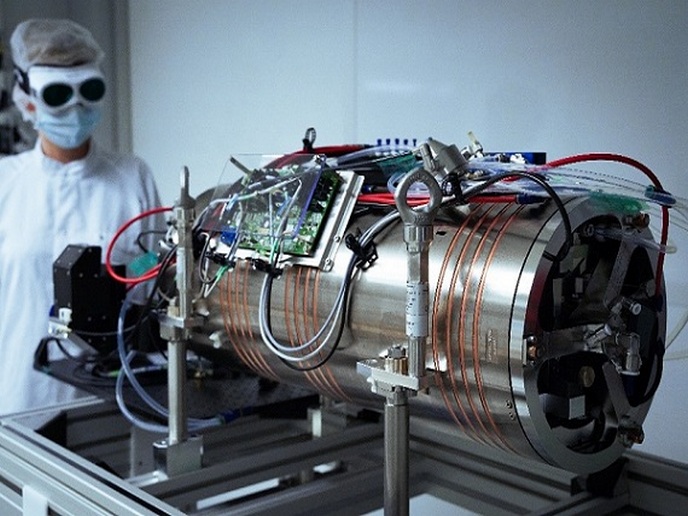Individual employee profitability
Researchers have studied and analysed job productivity and worker ability. Theory indicates that if these are optimised then better workers are employed at the best firms in their field. To illustrate this notion, a top lawyer would work for a top law firm. According to the outcome of the EU-funded project 'Identifying the sign and strength of complements in production' (COMPLEMENTS), this does not happen. Explored first was the notion that wage is an important determinant of whether the job and employee are at an optimal match. The key insight was that the wage offered to a worker is not the most important factor. It seems a worker can be offered a higher salary at a lesser ranked company and be enticed to take the job. Thus, wage is only one factor and not an ultimate measure of the optimal relationship. The results from this research show a better measurement to be when a worker changes jobs. Researchers found other factors such as time and energy for a new search and change in wage to be better measurements. Profitability by employee was the second choice for answering the question 'Are better workers employed by more productive firms?' The researchers looked for answers here but concluded that individual jobs are team efforts and not measurable at an individual profit level. COMPLEMENTS formulated a new theory of production that allows for attribution of the profits to jobs from firm-level profit and wages.
Keywords
Job productivity, worker ability, wage, profitability by employee, theory of production







